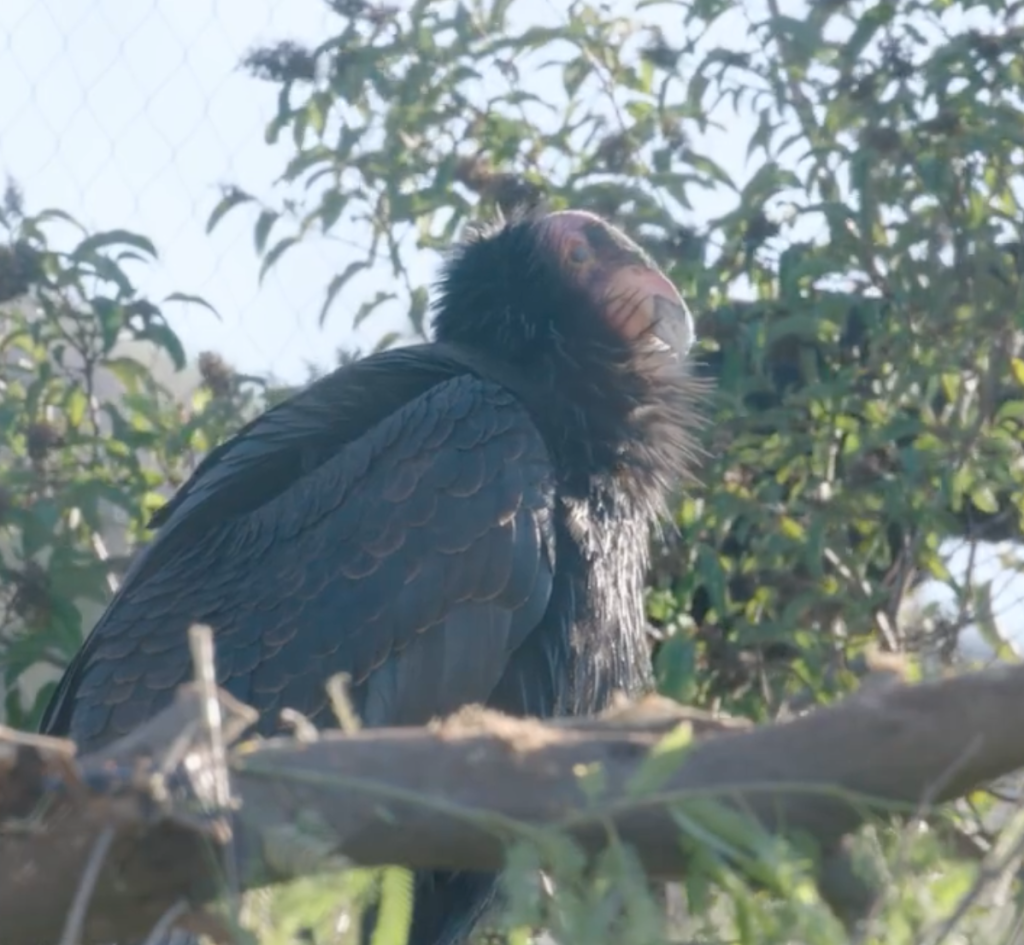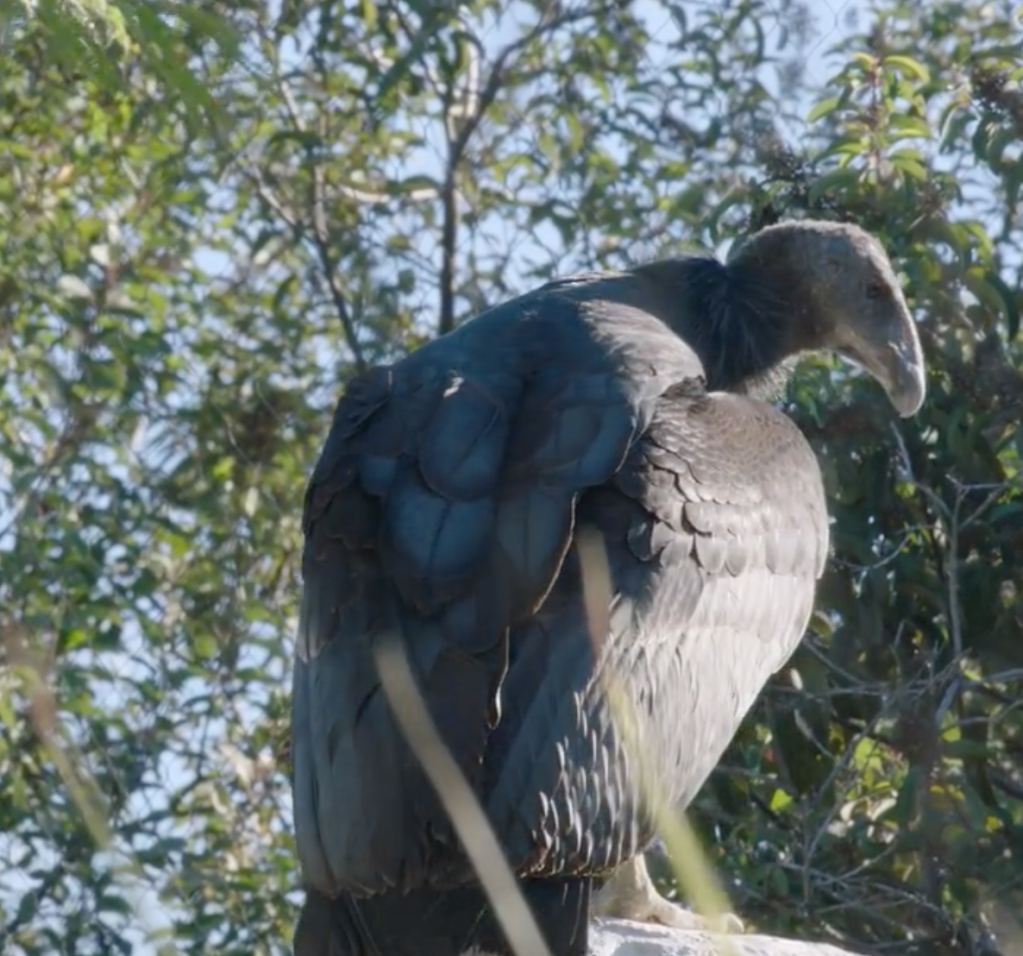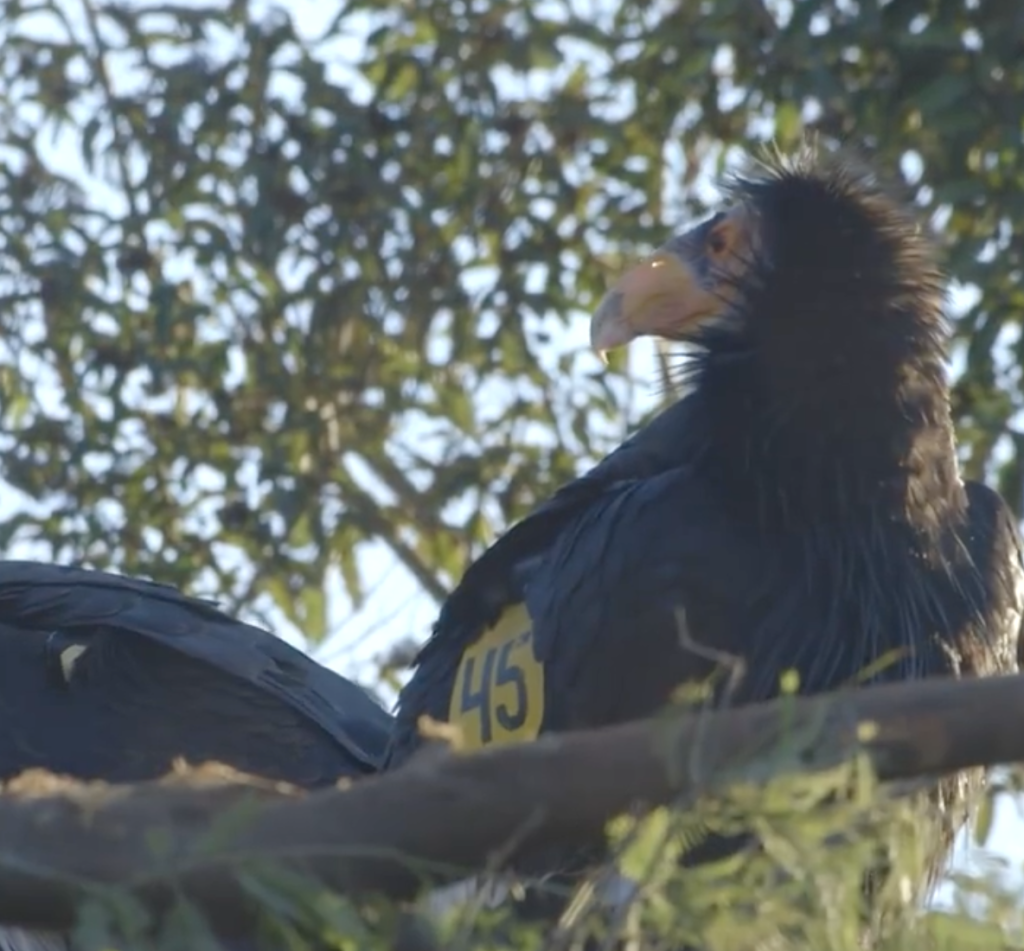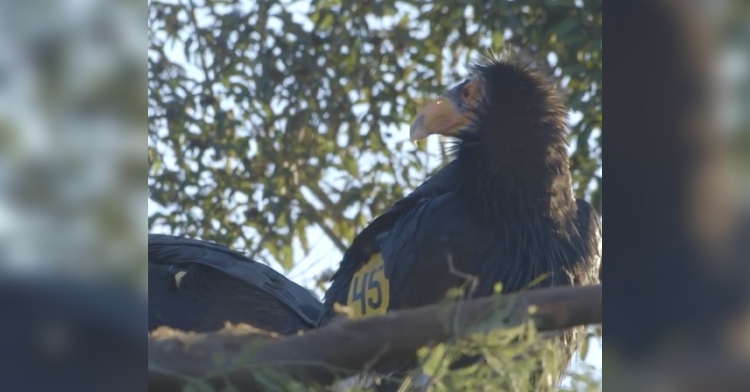The California Condor is a majestic bird that is known as one of the best comeback stories in the conservation field. With an impressive wingspan of up to 9.5 feet, they are one of the largest flying birds in North America. This magnificent creature once soared through the skies of California, but their population faced a rapid decline that brought them dangerously close to extinction.
In the late 20th century, the California Condor population plummeted to alarmingly low levels. Habitat loss, hunting, and the inadvertent ingestion of lead ammunition leading to lead poisoning, were among the primary factors contributing to their decline.
By the 1980s, there were only 27 individuals left in the wild. The California Condor was teetering on the brink of extinction.

Realizing the urgency necessary to preserve the species, conservation organizations, government agencies, and scientists came together in a collaborative effort to save these magnificent birds.
These organizations launched an ambitious captive breeding program as their initial move to save the species. The goal was to bring the remaining condors into human care and establish a captive breeding population that could eventually be reintroduced into the wild.
Through the tireless efforts of the conservationists, the program started to bear fruit (or rather, chicks), and the captive population slowly began to grow.

With the captive breeding program established and the population increasing, the next step was reintroducing California Condors into their natural habitat. This was not a task to be taken lightly, as it required careful planning and coordination. Reintroduction sites were carefully selected, accounting for factors such as food availability, suitable nesting sites, and reduced exposure to lead ammunition.
Releasing captive-bred condors into the wild was not without its challenges.
The birds had to be acclimated to their new surroundings and taught necessary survival skills. To achieve this, researchers placed the young condors in a release pen within their intended habitat, allowing them to gradually adapt to their surroundings before finally being released to fend for themselves.
The biggest success? When those released birds began breeding and establishing a wild population again.

As of August 2023, a total of 347 wild California condors grace the skies.
While the California Condor has made an impressive comeback, the journey to recovery is far from over. They still face challenges from habitat destruction and lead poisoning.
However, the remarkable recovery of the California Condor stands as a testament to the power of conservation efforts and the resilience of nature. You can help support the continued success of this species by visiting Ventana Wildlife Society and learning more about ways you can contribute.
You can find the source of this story’s featured image here.
Want to be happier in just 5 minutes a day? Sign up for Morning Smile and join over 455,000+ people who start each day with good news.



